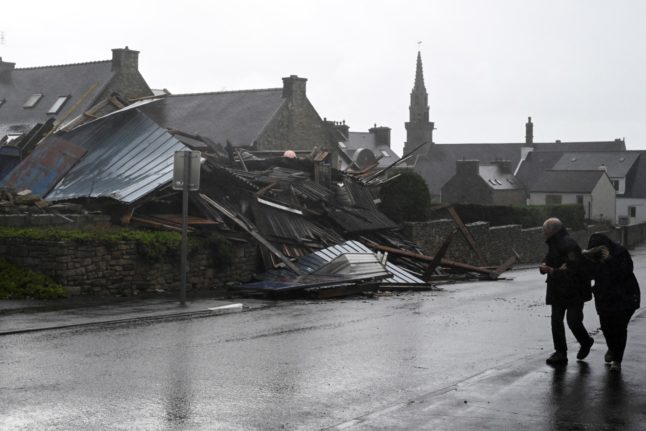Prices climbed to an average 34,953 kronor ($4,900) per square metre in greater Stockholm, an increase of 3 percent over the past three months and by 13 percent year-on-year.
In Gothenburg average prices climbed to 23,800 kronor ($3,300), up 3 percent in the quarter and 16 percent on the corresponding period of last year.
In central areas the picture was slightly different however, with apartments in central Stockholm down 1 percent in March, in Gothenburg by 2 percent and in Malmö by 3 percent. The fall came on the back of climbs in January and February, and strong gains in 2009.
House prices in Gothenburg and Malmö also fell, by 1 and 2 percent respectively, although they climbed by 1 percent in Stockholm.
Pieter Pütsep at estate agent Svensk Fastighetsförmedling responded that he did not consider the figures to be a change in the general trend, arguing that prices were stable.
“Price changes have been very small, which indicates a stable housing market. It is a question of a single month and that can be a question of a temporary cooling off period after a longer period of price rises,” he said.
Record low interest rates and a shortage of apartments in major cities lie behind the underlying upward trend and these conditions are unlikely to change anytime soon with the Swedish Riksbank making cautious noises over base rate hikes.
“The house market has got going after a cold winter so there is a pent up demand,” Pieter Pütsep said.
The development of the house and apartment market depends ultimately on optimism for the future, Pütsep argues.
“Decisive for the continued development of the housing market is household faith in the future. Faith in a recovering economy seems to be in the ascendancy at this moment in time,” he said.
The Swedish Financial Supervisory Authority (Finansinspektionen – FI) is set to present new guidelines including a proposal to limit the ceiling on loans to tenant-owner apartments to 75-90 percent of the market value.
“This could be negative for some borrowers who could be obliged to seek expensive financing from other sources than the banks. I think that FI is going to suggest 90 percent,” Peeter Pütsep said.


 Please whitelist us to continue reading.
Please whitelist us to continue reading.
Member comments